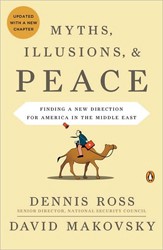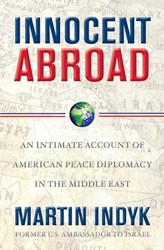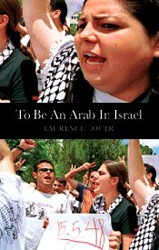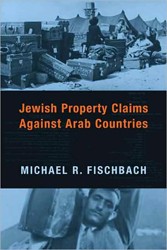By
– March 30, 2012
This book includes text, maps, and photographs, divided into three parts, followed by glossary, sources, and index. The first part, “The Shaping of the Middle East,” provides a short survey of Middle Eastern history, mainly from the Ottoman period onwards. The second part, “Arenas of Conflict,” discusses various conflicts regarding geographical entities, the Kurds, and the Gulf wars. The last part, “The State of the Nations,” focuses on broader problems (e.g., ethnicity and language, religion, health, population, water, education, economy, refugees, gender and human rights). The sources include official reports and electronic resources in addition to books and articles. The use of side bars for chronology, diagrams, and maps is helpful. This is a useful publication, though not without certain errors and inconsistencies, for example, Smith’s definition of “Middle East” excludes Sudan and Turkey but includes the Maghreb, though in the text he finds it necessary to include Turkey. Moreover: why does the map on Jewish migration to Israel exclude Libya? There is hardly any reference to the Lebanese Hizballah and its foreign supporters; PKK is the Kurdish, not Turkish, abbreviation of the party’s name.
Ruth Seif is a retired chairperson of English at Thomas Jefferson High School in NYC. She served as administrator in the alternative high school division.





